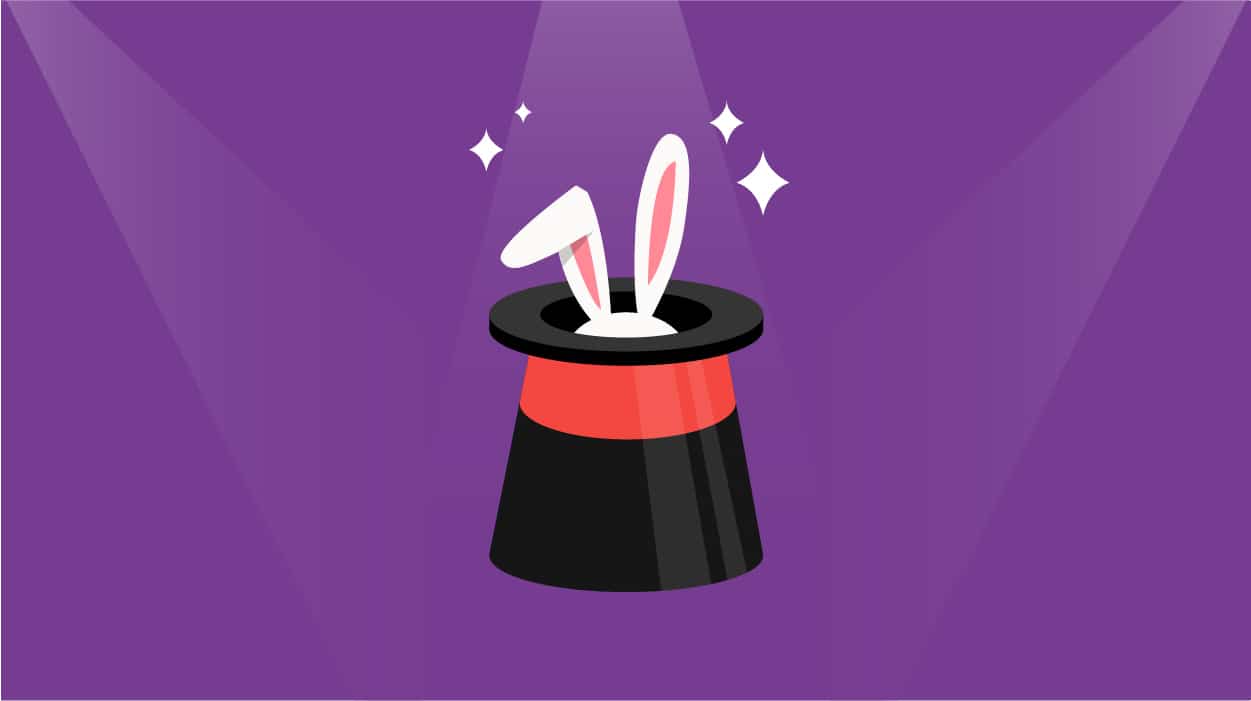Whether you’re a digital marketer or a small business owner, you understand the business case for inbound marketing.
However, if you’re like me, you get bogged down by all the fluff-marketing articles promising quick wins.
I don’t want to do that here. So, let’s cut the B.S. and talk actionable tried-and-true tactics.
Here are 6 inbound marketing techniques that aren’t going out of style:
1. Create Ego Bait Content
We can’t talk about inbound marketing techniques without link-building. A classic link-building strategy that’ll never go out of style is creating ego-bait content.
What makes ego-bait content a timeless strategy? It’s based on human behavior. It uses psychology to build mutually beneficial relationships with influencers.
The basic idea is to identify an influencer in your niche and build a relationship with them by stroking their ego with content featuring their accomplishments.
Whether you’re targeting a small business owner or a blogger, every influencer wants to be recognized for their knowledge, services, and skills.
Sharing ego-bait content featuring these achievements gives you the perfect foot in the door to reach out to those influencers and build a reciprocal relationship. A relationship that could lead to them sharing your content with their audience and even linking to it from their website.
What are some examples of ego-bait content?
Any content that commends influencers for their work.
Examples include:
- Round-up posts
- Best-of listicles
- Interviews
- Awards
Anything that says, “You’re great, and here’s why.”
Ego bait content is one of the best PR hacks to start a relationship with influencers, whether you’re looking to build back-links, generate leads, or reach new audiences.
2. Write About KPIs
What are the key performance indicators (KPIs) your main persona is looking for? Find out what they are (if you don’t already know) and then write about them.
You’ll likely rank for this topic if you’re on target with your persona.
Why?
Almost everyone in any industry searches for KPIs, which aren’t frequently written about. This is a proven, non-competitive strategy that can quickly boost your results.
3. Create Combination Posts
To create a combination post, combine several existing blog posts on a common subject into one large post.
If your blog has several smaller posts on the same subject, they could be cannibalizing each other and not ranking well in Google as individual pieces of content.
Instead, combine these posts into one in-depth, insanely useful post, and you will increase your ranking.
Make sure to 301 redirect the combined posts to one URL.
4. Write Comparison Posts
Comparison posts are a favorite strategy of ours. Anytime you can do a “this vs. that” comparison for a topic, you have excellent fodder for a high-ranking blog post. Why? Many people — including your audience probably — use Google to compare things in their decision-making process.
From a marketing standpoint, ranking these comparison topics separately can be difficult. Still, by putting them together in a comparison post, you answer a question your persona is looking for and give yourself an excellent chance to rank for a keyword.
Comparison posts work because they’re useful to personas, there’s a high search volume for keywords, and there’s usually not a lot of competition for them.
We’ve done comparison posts for our clients, and they’ve ranked on page one almost every time.
5. Create Content Upgrades
What is a Lead Magnet?
A lead magnet is a digital asset that marketers offer visitors in exchange for their email addresses or other contact information.
These digital assets are usually some downloadable content, such as an ebook, checklist, report, white paper, video, etc.
Go back and identify your best-performing posts and add a relevant lead magnet to each post. Here are some great examples to help you get started.
Remember, inbound marketing is not just about driving traffic to your site. It’s also about converting that traffic into leads.
6. Rewrite Old Posts
Part of the marketer’s reporting challenge is that we often look at holistic results that can’t/don’t show us the individual stories of blog posts.
While we can see general trends that may paint a pretty good picture, we can’t see without digging that old, previously high-performing posts are now tanking while new posts are doing well (making up for the tanking posts).
There’s so much going on that you must look at your results page-by-page to see the important details.
Compare periods for the old posts. How many views was the post getting in 2023 vs. 2024?
Google likes new content, so after about 1.5-2 years, the post will start slipping on its rankings — even though nothing has changed. Keep tabs on your archives to ensure you’re not losing ground because your old posts are slipping.
The good news?
You can easily start getting results again for the same post. Refresh the posts, add new content where necessary, and republish them, and almost without fail, your post will regain its former rankings, visits, and leads.
To see this in action, look at the arc of a high-performing post for one of our clients over three years. You can see that in phase three, the post lost 38% of views.
Rewriting helped the article grow to its peak.
Try These Tactics For Yourself
These six inbound marketing techniques can help you quickly and effectively boost the content you already have. They center around improving your content and user experience.
And that isn’t going out of style soon with site visitors or search engines.
Editor’s Note: The article is part of the blog series Grow Your Business, brought to you by the marketing team at Unitel, the virtual phone system priced and designed for startups and small business owners.






